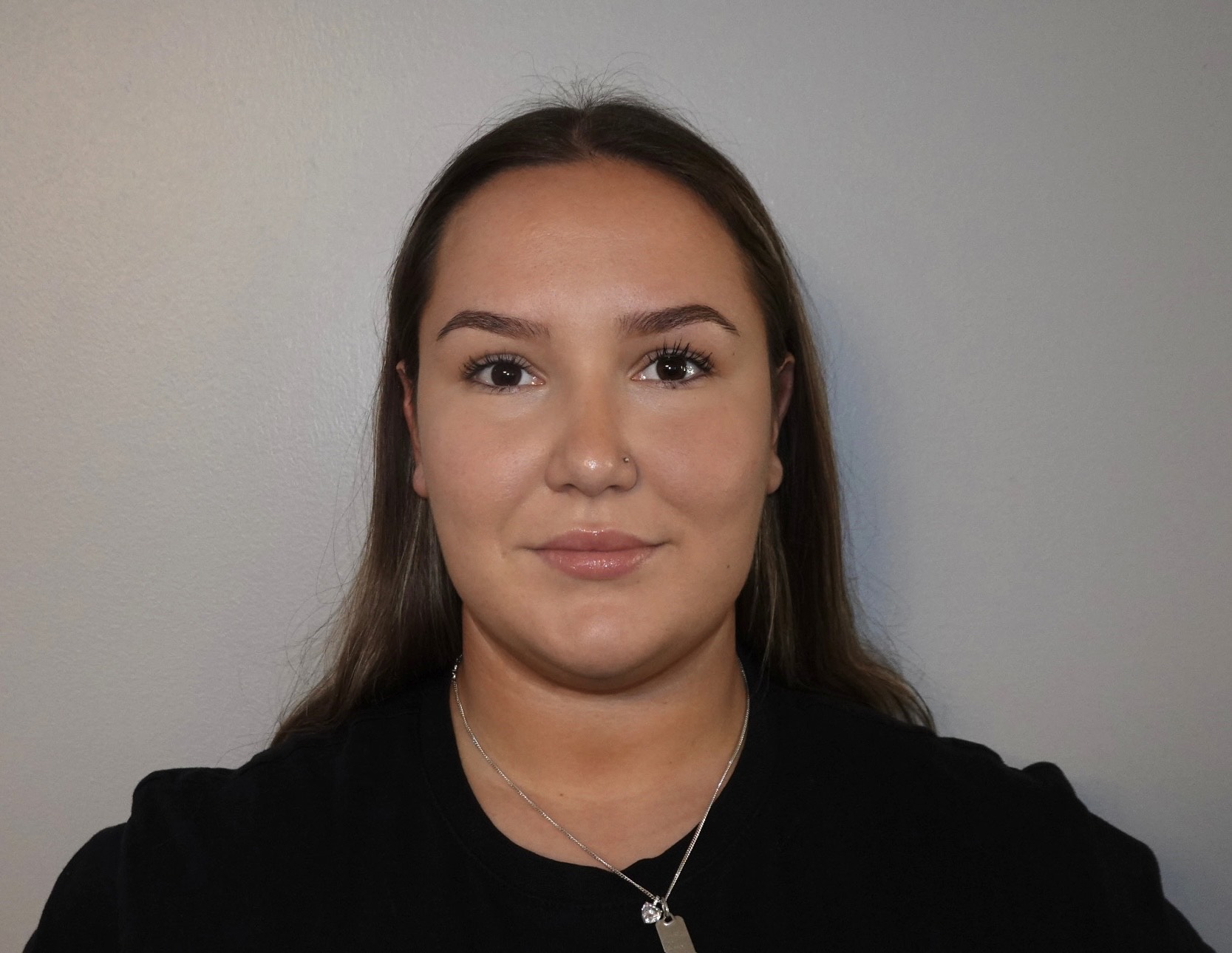Keeping Up with the Kids (without pulling a muscle!)
- Freya Sawyer

- 6 hours ago
- 4 min read
Written By Freya Sawyer, Chartered Physiotherapist.

It can feel like a full-body workout if you’ve ever tried to keep up with the kids during a hectic day. Parenting can be unexpectedly taxing on the body, whether you’re kneeling to tie laces, carrying bags and scooters, or giving endless piggybacks. No wonder so many parents, grandparents, and other adults struggle with sore knees, stiff shoulders and aching backs.
Why Parenting Can Take Its Toll
There’s rarely any real ‘time off’ when you’re a parent. It’s a role that keeps you constantly on the move, and sometimes we ask a little more of our bodies than they’re ready to give.
Everyday tasks like lifting a toddler out of a car seat (and wondering how they suddenly got so heavy!), leaning over a pram or cot, or twisting to reach something from the back seat can all take their toll. Over time, these repetitive movements can lead to stiffness, imbalance, and result in discomfort that limits how freely you move.
Add in a busy schedule, broken sleep, and little time for self-care, and it’s easy to see how those small aches and pains can start to build up. The good news? A few simple adjustments to how you move and care for your body can make a real difference.
6 Simple ways to stay injury-free
Lift Smart - Instead of rounding your back while picking up a child (or the mountain of toys they leave behind), try bending your knees and hinging at the hips. As you lift, keep the child or item close to your body so that your stronger leg and core muscles do the majority of the work. If an item you’re lifting is heavier than usual, try to divide the load into smaller, more manageable parts to reduce strain.

Change Positions Regularly - You might find yourself a lot of the time in awkward positions like sitting on the floor, kneeling at bath time, or leaning over cots, tables and prams. Try to adjust your position regularly and use cushions or chairs to support where you can. Even small changes to the height of something or the angle can ease strain on your back and neck.
Strengthen your Core - A strong core can help protect your back and in turn make lifting, carrying and twisting easier. Simple exercises such as bridges, bird-dogs and incline planks can help. This takes just a few minutes 2-3x per week to make a real difference long-term.

Take a Moment to Move - You don’t need to fit in a full workout to feel better. A few gentle stretches for your shoulders, back, and hips can really help to ease discomfort. Standing up to walk around every 30-60 minutes can improve circulation and reduce stiffness. You have the option of turning these into playful ‘stretch breaks’ with the children can make it fun for everyone.
Don’t Ignore the Warning Signs - If you notice regular pain, stiffness, or pins and needles, it’s best not to push through or ignore this. These are signs your body needs some attention. Early assessment and advice from a registered physiotherapist can often prevent small issues from turning into something more serious.
How can Physiotherapy Help?
Physiotherapy isn’t just for serious injuries, it can be a great tool for parents, grandparents and others, to look after their bodies and stay comfortable in daily life.
A physiotherapist can help you:
Understand your body - find out what areas are overworked, weak, tight and why you may be feeling discomfort.
Move more comfortably - learn gentle stretches and exercises tailored to you and your routine, so you can keep up with the demands of parenting or looking after children.
Lift and bend safely - Pick up tips for bending, lifting and carrying safely so your back and shoulders don’t pay the price
Ease tension - Highly valuable techniques like massage or manual therapy can provide extra support in getting you back fit and strong, and relieve stiffness and pain.
Make everyday life easier - Small adjustments to posture, lifting, or daily habits can make a noticeable difference in comfort and energy.
Even a few simple changes can help you feel stronger, more mobile, and ready for the busy life of parenting, so you can focus on the fun stuff without worrying about aches and pains!

References:
Akhtar, M.W., Karimi, H. and Gillani, S.A. (2017) ‘Effectiveness of core stabilization exercises and routine exercise therapy in management of pain in chronic nonspecific low back pain: A randomized controlled clinical trial’, Pakistan Journal of Medical Sciences, 33(4).
Darragh, A.R. et al. (2015) ‘Musculoskeletal Discomfort, Physical Demand and Caregiving Activities in Informal Caregivers’, Journal of applied gerontology : the official journal of the Southern Gerontological Society, 34(6), pp. 734–760.
Dunstan, D.W. et al. (2021) ‘Sit less and move more for cardiovascular health: emerging insights and opportunities’, Nature Reviews Cardiology, 18(9), pp. 637–648.
Guo, X.B. et al. (2025) ‘Effects of different types of core training on pain and functional status in patients with chronic nonspecific low back pain: a systematic review and meta-analysis’, Frontiers in Physiology, 16.
NICE (2016) Recommendations | Low back pain and sciatica in over 16s: assessment and management | Guidance | NICE, Nice.org.uk. NICE.






Comments